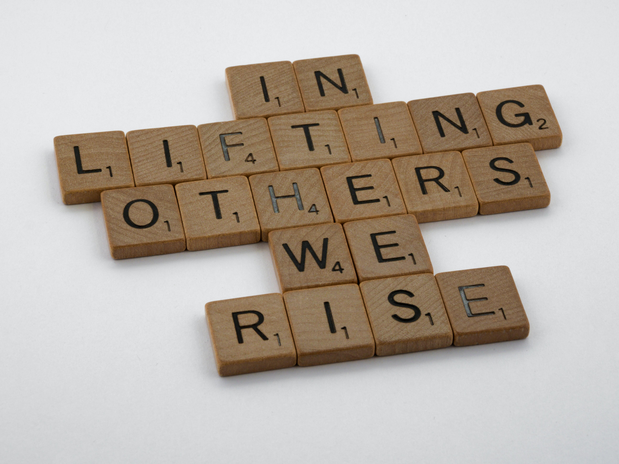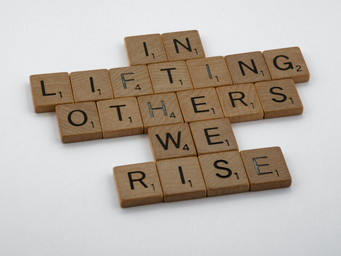Since the start of the coronavirus pandemic, the Asian community has experienced an increase in racism and discrimination verbally and physically. This issue did not start with the pandemic however, in the past few weeks, there have been several attacks against Asian Americans.
In the past month alone, a 91-year-old Chinese man was assaulted and pushed to the ground in Oakland, California. In Queens, New York, a Chinese woman was assaulted and sustained injuries after being pushed into a newsstand. Vicha Ratanapakdee, an 84-year-old Thailand elder, was pushed to the ground. He later died from his injuries in San Francisco. A Vietnamese grandmother was attacked and robbed of $1,000 for Lunar New Year. But these incidents aren’t just targeting the AAPI elderly. In December of 2020, Angelo Quinto, a 30-year-old, Filipino American, died three days after police kneeled on his neck for five minutes after his family called because of a mental health crisis.
With such rampant acts of racism that are just now gaining media attention, the Asian community is enraged, and rightfully so. However, amid these events, the discourse that has arisen has existed for decades. On the one side, Asian individuals compared the lack of response to the overwhelming support that BLM received this summer. The response from some Black individuals was apathy, declaring that “the Asian community hasn’t shown up for Black people, so why start now?”
History tells us that the animosity between the two groups is not new. The model minority myth was propaganda created specifically to drive a wedge between the Asian and Black communities.
We can look at 1991 when Latasha Harlins, a 15-year-old, Black girl was shot and killed by a Korean Store owner after she was accused of stealing a bottle of orange juice. Shortly after, in 1992 Rodney King was beaten by LAPD. The outrage from the Black community resulted in riots that damaged many Korean-owned businesses. We can even look more recently at the Hmong police officer, Tou Thao, who watched as his white colleague Derek Chauvin kneeled on George Floyd’s neck this past summer.
However, the work of white supremacy is to have the two communities focus on the history of where we’ve inflicted harm on each other, rather than remember this same evil has brought us together in hopes of tackling it. White supremacy would rather our two groups remain apathetic to each other’s struggle than to stand in solidarity with one another.
White supremacy rather we forget Frederick Douglas’s 1869 “Composite Nation” speech where he advocated for Chinese immigrants, denouncing the Chinese Exclusion Act of 1882. While parts of the speech are dated, Frederick Douglas stated, “Though they come as the waves come, we shall be stronger if we receive them as friends.” White supremacy rather we know about the Third World Liberation movement at San Francisco State University. In 1968, the Black Student Union, Latin American Students Organization, Filipino-American Students Organization, and the Asian American Political Alliance came together to protest. For five months, they fought for college admission reform as well as for an academic curriculum that included ethnic studies. White supremacy rather we not honor Grace Lee Boggs, a Chinese American human rights activist. She learned from Malcolm X and adopted Dr. King’s strategies to transform Detroit. Also, Japanese-American activist Yuri Kochiyama, who devoted her life to not only fighting for Asain liberation but Black liberation as well. White supremacy doesn’t want us to look at March of 1978 when a letter by Black coalitions made the front page of the New York Times. They demanded the admission of Vietnamese, Laos and Cambodian refugees in the U.S. Even if we look back at the Rodney King riots, in the aftermath it was the community, including Black people that went to help clean and rebuild Korean stores.
This isn’t to say that there isn’t work to be done, or that we ignore the harm that has happened. Part of the work of solidarity is to address the anti-Blackness present in the Asian community, from racial profiling to cultural appropriation. However, Black people must address the anti-Asian stereotypes and xenophobia that is harbored as well. But we must not allow white supremacy to continue to act as the tranquilizer to the coalition that can be rebuilt. This solidarity means we have to adopt the word ‘and’ into our conversations. One can discuss anti-Asianess without positioning it against anti-Blackness.
At the end of the day, we have to acknowledge that our fight is not against each other but with white supremacy. Therefore, we must elevate the voice of one another. It is intentional that we are not taught the history of our solidarity. But our current generation has the opportunity to make this the main narrative, so when future generations look back on history, they see one that is united.



